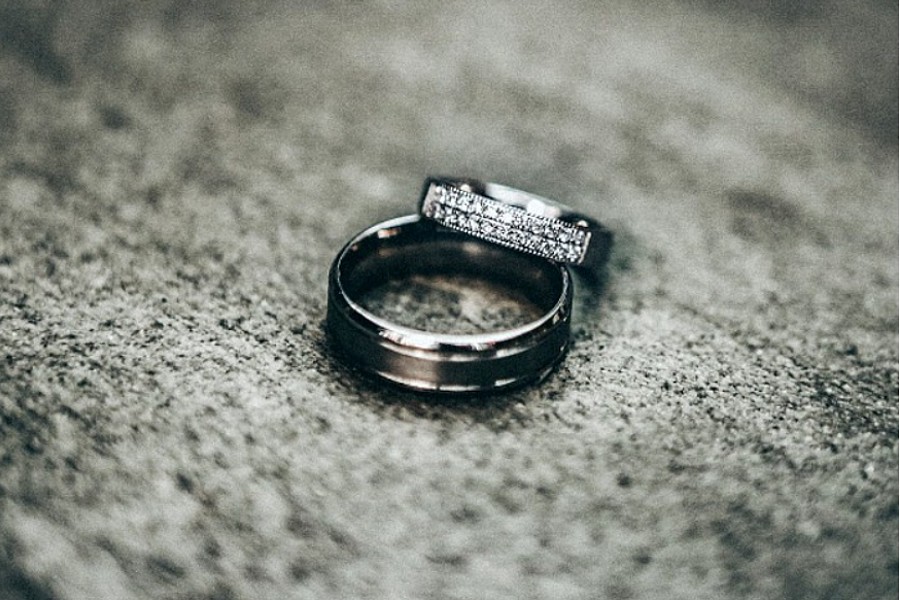 New York City should “follow the lead” of Minneapolis, which recently disbanded its police force, mayoral candidate and Council Speaker Corey Johnson said Tuesday.
New York City should “follow the lead” of Minneapolis, which recently disbanded its police force, mayoral candidate and Council Speaker Corey Johnson said Tuesday.
“Let’s … re-envision and reimagine what policing looks like in New York City,” said Johnson during a hearing on police reform legislation. “How can we change our system and have something new?”
This call comes one day after the Minneapolis City Council — spurred by George Floyd’s death under the knee of former officer Derek Chauvin — voted with a veto-proof majority to dismantle the Minneapolis Police Department.
Details remain unclear, but the Minneapolis legislators promised their city to take apart the Police Department and recreate a new public safety system.
Johnson — during a hearing on laws to criminalize police chokeholds, codify New Yorker’s right to record officers and repeal the statute that prevents public release of police personnel records — argued the legislation didn’t go far enough to limit the NYPD.
“As long as the sweeping mandate and the engrained, long, systemic racism of the police department remains,” said Johnson, “There’s no amount of reform that will truly deliver justice.”
Meanwhile, New York police union leaders gathered for a press conference to decry the demonization of a police force they say has been overtaxed by efforts to stop the spread of the new coronavirus and prevent protests from becoming violent.
Police Benevolent Association President Pat Lynch accused legislators of trying to pass unnecessary police reform legislation they hadn’t read “in the dead of night.”
“We in this city and state are the most restrained police department in the country,” said Lynch. “Ask Minneapolis if they’re the same.”
Lynch also pointed the finger at top brass whom he blamed for sending Officer Vincent D’Andraia, who now faces criminal charges, to the Brooklyn protest where he was caught on video shoving a woman to the ground.
“My gray hair told me it was going to happen,” Lynch said. “The brass threw him under a bus.”
Mike O’Meara, president of the New York State Association of Police Benevolent Associations, challenged recent comparisons between the NYPD and the Minneapolis Police Department, referencing parallels drawn between the death of Floyd and Eric Garner, who also died unable to breathe in the hands of police.
“I am not Derek Chauvin,” said O’Meara. “He killed someone. We didn’t. We are restrained.”
O’Meara also challenged accusations of racial disparity in recent NYPD enforcement, a claim that contradicts recent NYPD data showing people of color were 80 percent more likely to receive a social distancing summons and 90 percent more likely to be arrested on COVID-19 related charges.
“In the black community, mothers are worried about their children coming home from school without being killed by a cop?”
“In the black community, mothers are worried about their children coming home from school without being killed by a cop?” O’Meara said. “It does not happen.”
Black minors killed by police include Ramarley Graham, an unarmed teenager chased into his home and shot dead by an NYPD cop, and Kimani Gray, a 16-year-old boy police later claimed drew a gun.
…a New York City Civilian Complaint Review Board analysis showing nearly 90 percent of police misconduct grievances toward minors involved children of color between January 2018 and June 2019.
His assertion also comes on the heels of a New York City Civilian Complaint Review Board analysis showing nearly 90 percent of police misconduct grievances toward minors involved children of color between January 2018 and June 2019.
Among those cited was an 8-year-old and 14-year-old who were handcuffed and taken to a local precinct after officers saw them running with sticks in their hands.
Among those cited was an 8-year-old and 14-year-old who were handcuffed and taken to a local precinct after officers saw them running with sticks in their hands.
“Even the youngest among us have an awareness of the tension that too often exists between the police and civilians,” CCRB Chairman Fred Davie said in a statement.
“It’s time for the NYPD to reconsider how officers police our youth, address disparities in law enforcement and commit to swift discipline when officers engage in misconduct.”
While the mass protests have pitted police against legislators across the nation, in New York City, both sides were able to find a small patch of common ground when it came to problems with local policing.
Lynch placed blame at Mayor Bill de Blasio’s feet, saying in a statement the mayor and Commissioner Dermot Shea sent officers out without support or clear instructions.
“They created the failed strategy for managing these demonstrations,” stated Lynch. “They should be the ones facing this mob-rule justice.”
And Public Advocate Jumaane Williams, speaking during the City Council hearing Tuesday, pointed the blame at de Blasio and Gov. Andrew Cuomo.
“They both responded to that with more police and aggressive policing, a curfew or law that caused more increased tension and again not believing what people said was happening to them,” Williams said. “Including me, the highest-ranking Black elected official in New York City.
“It was both insulting, it lacked leadership, and was dangerous for all of us.”
“It was both insulting, it lacked leadership, and was dangerous for all of us.”
In response to calls for more executive action, de Blasio has agreed to cut the NYPD’s $6 billion budget to fund youth programming and announced Tuesday five city streets will be painted to show a message of support: Black Lives Matter.
Become a Harlem Insider!
By submitting this form, you are consenting to receive marketing emails from: . You can revoke your consent to receive emails at any time by using the SafeUnsubscribe® link, found at the bottom of every email. Emails are serviced by Constant Contact








